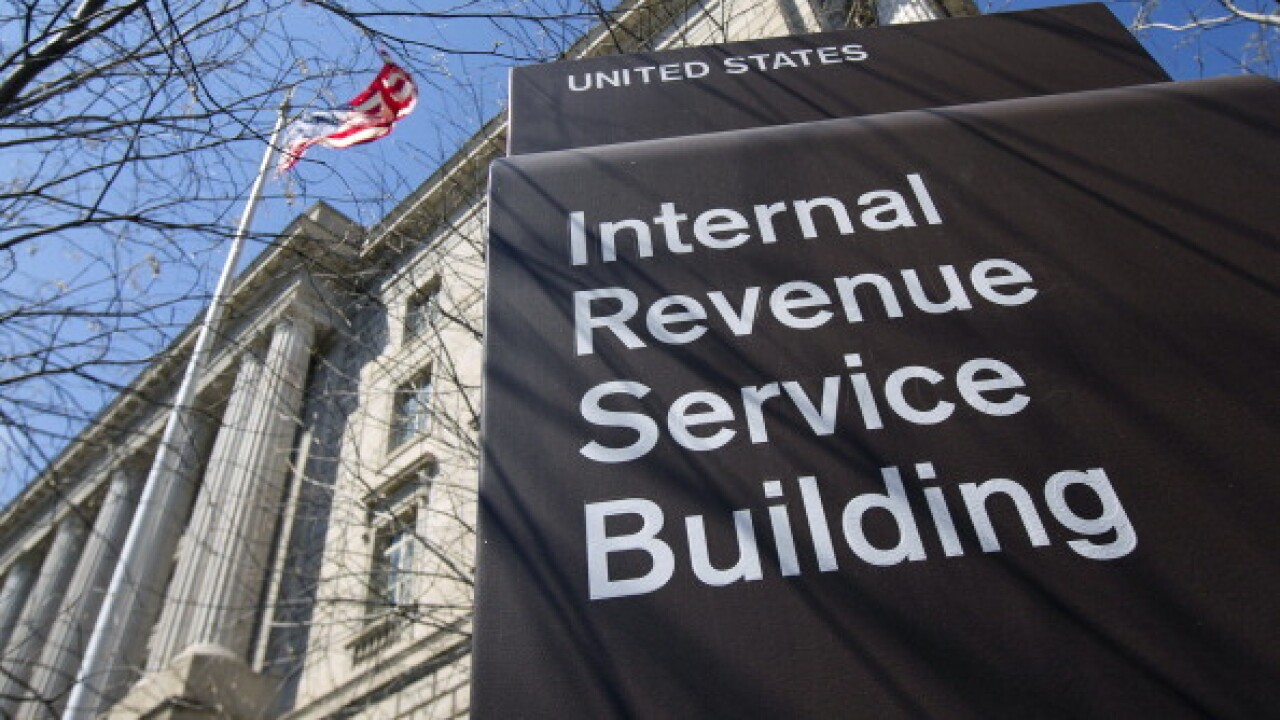The accounting profession is in the midst of a dramatic transformation and realignment. On top of a wide range of structural changes, the demographics of the profession are changing in a radical way as Baby Boomers begin to retire from the workforce. Millennials are rapidly becoming both the largest demographic group in term of population and workforce participation -- and the profession is adapting accordingly.
Engaging members of a profession, such as CPAs or CMAs, is clearly essential, but how should industry associations engage the growing Millennial bloc? Particularly when set against Netflix, augmented reality games, and the appeal of Snapchat, what can professions do to engage with millennial professionals, and build a pathway to future leadership?
The hurdle
As a Millennial myself, with a background in both the private sector and now academia, one of the biggest hurdles to increased Millennial engagement that I see is a lack of awareness and options. Every professional association has an annual conference, regional speakers and events, an online presence, and, increasingly, a robust social media presence. The key challenge and hurdle facing organizations, especially those in traditionally staid professions such as accounting and finance, is how to appeal to a profession that is becoming more multicultural, diverse and mobile. In addition to the usual growing pains that accompany a changing membership, there remains arguably an even larger issue – how to make sure Millennials are aware of opportunities for engagement. As with anything else, personal or professional, a desire for greater engagement is insufficient – there must be some kind of pathway to help turn motivation into action. All involved, including professional associations and the Millennial accountants shaking up the profession, must be proactive to achieve this goal.

The profession
Regardless of what accounting subset is in question, ranging from forensic to management accounting, leadership has responded to the changing composition of the accounting profession. Mirroring the interest of Millennial membership, virtually every organization has developed and rolled out new tracks focusing on sustainability, analytics, corporate governance, and how to link social responsibility to business practices. Across the globe, the management teams of the Institute of Management Accountants, the American Institute of CPAs, the Association of Chartered Certified Accountants, and the Chartered Institute of Management Accountants are attempting to cater to the interests of new members while sticking to the foundation of the profession. That said, there do appear to be several steps that can, and should, be taken to help engage and retain the involvement of newer members.
First, make it clear that the opinions and input of Millennial accountants are sought after and encouraged. It is natural for leadership roles in professional associations to be held by senior members with years of experience, but there is a case to be made for including the views of earlier career members. A little bit of disruption can be a good thing for an organization and the market at large.
Second, and building on the first point, various platforms, committees, and teams must be set up in order to engage with Millennial members; again, there has to be a pathway to action. Lastly, and especially important for engaging and maintaining engagement is to maintain these connections on a consistent basis. On-again, off-again engagement and interaction between professional associations and the membership is not a recipe for success. This need for interaction is even more pronounced with Millennial members – the generation that checks social media and e-mails constantly will require at least some kind of consistent engagement back and forth.
Millennials
Engagement and interaction is a two-way street, and Millennial members of the accounting profession must be willing to reach out, become engaged, and follow up consistently with both their professional associations and each other. Again, and this is a point that cannot be emphasized enough, the desire and motivation to become engaged and more involved with an organization in insufficient – there has to be some sort of structure in place to translate it into action. One of the key barriers to engagement, and a hurdle for Millennials entering the workforce and professional associations, is that many Millennials are more adept at social media communication than traditional presentations and conferences. With that said, this should not be used as an excuse, or a reason for Millennial to feel discouraged about engagement with professional associations.
Younger professional members of associations should reach out to their professional associations, either in person or online – following them on Twitter would be a logical place to start. Building on this initial engagement and reaching out, however, it is important for younger members to focus on how they can add value to their respective professional organizations. Offering to publish blog posts, host Twitter, Instagram, or Snapchat takeovers, and reciprocating initiatives and outreach from associations are ways to begin the engagement process.
Especially on topics such as sustainability, modernizing business ethics, corporate governance, and leadership opportunities for younger members, a Millennial author generates instant credibility and authenticity and is more likely to connect with other Millennial members. Building a track record of engagement, over time and through various platforms, also provides a platform from which Millennial accountants can advocate for change. Leading change, gaining access and participation in various aspects of their profession are goals for Millennials – engaging with the profession is an excellent first step.
Takeaways
Change, disruption, and the adapting to a changing environment are the goals of Millennials and professional associations alike, and should be pursued as a win-win for all involved. Professional associations want to engage with their membership, which is increasingly going to be shaped by Millennial trends, and Millennials want to ensure that their opinions and voices are heard and listened to. Building bridges and engagement strategies that are applicable, interesting, and helpful to both associations and Millennial members is a process that will take time and, require effort on both sides, but will pay dividends for years to come.





